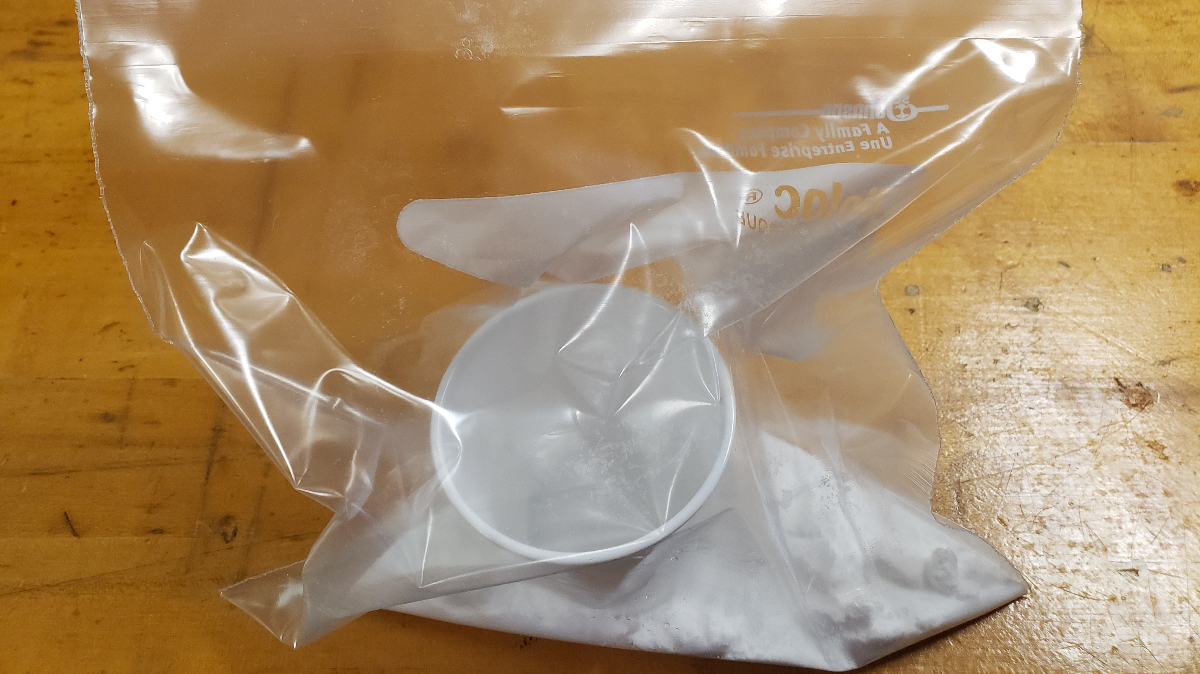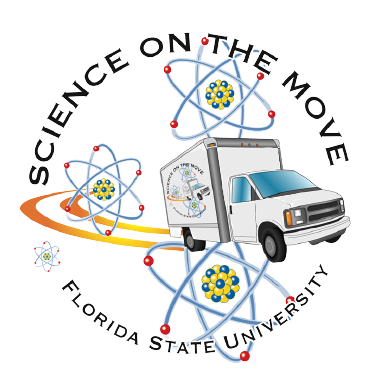Overview
This investigation considers physical and chemical changes in the context of acid rain. Students examine a flour and vinegar mixture and a baking soda and vinegar mixture, making predictions, observations and explanations regarding the changes they observe. The implications of physical and chemical changes for buildings and plants are then discussed.
- Grades 4-8
- Basic familiarity with physical and chemical changes is required.
- In person and virtual visit options available.
- For virtual visits, the teacher and/or students will have to supply the materials.
This investigation considers physical and chemical changes in the context of acid rain. Students examine a flour and vinegar mixture and a baking soda and vinegar mixture, making predictions, observations and explanations regarding the changes they observe. The implications of physical and chemical changes for buildings and plants are then discussed.
- Grades 4-8
- Basic familiarity with physical and chemical changes is required.
- In person and virtual visit options available.
- For virtual visits, the teacher and/or students will have to supply the materials.
Materials
- Flour
- Vinegar
- Baking Soda
- Ziplock bag (2)
- Small paper cup (2)
- Teaspoon
- Measuring Beaker
- Flour
- Vinegar
- Baking Soda
- Ziplock bag (2)
- Small paper cup (2)
- Teaspoon
- Measuring Beaker
Follow Up and Resources
This can be an effective launch point to dig deeper into physical and chemical changes. Check out the following:
-
Extend the investigation to include mixing different solids and liquids, for example sugar and vinegar or baking soda and water.
-
Our chemical reactions investigation: Don’t Overreact.
This can be an effective launch point to dig deeper into physical and chemical changes. Check out the following:
-
Extend the investigation to include mixing different solids and liquids, for example sugar and vinegar or baking soda and water.
-
Our chemical reactions investigation: Don’t Overreact.
Standards
Changes in Matter
- SC.4.P.9.1: Identify some familiar changes in materials that result in other materials with different characteristics, such as decaying animal or plant matter, burning, rusting, and cooking.
- SC.8.P.9.2: Differentiate between physical changes and chemical changes.
Earth Structures
-
SC.6.E.6.1: Describe and give examples of ways in which Earth's surface is built up and torn down by physical and chemical weathering, erosion, and deposition.
-
SC.7.E.6.6: Identify the impact that humans have had on Earth, such as deforestation, urbanization, desertification, erosion, air and water quality, changing the flow of water.
The Practice of Science
- SC.4.N.1.4: Attempt reasonable answers to scientific questions and cite evidence in support.
The Role of Theories, Laws, Hypotheses and Models
- SC.3.N.3.2: Recognize that scientists use models to help understand and explain how things work.
- SC.6.N.3.4: Identify the role of models in the context of the sixth grade science benchmarks.
- SC.7.N.3.2: Identify the benefits and limitations of the use of scientific models.
Changes in Matter
- SC.4.P.9.1: Identify some familiar changes in materials that result in other materials with different characteristics, such as decaying animal or plant matter, burning, rusting, and cooking.
- SC.8.P.9.2: Differentiate between physical changes and chemical changes.
Earth Structures
-
SC.6.E.6.1: Describe and give examples of ways in which Earth's surface is built up and torn down by physical and chemical weathering, erosion, and deposition.
-
SC.7.E.6.6: Identify the impact that humans have had on Earth, such as deforestation, urbanization, desertification, erosion, air and water quality, changing the flow of water.
The Practice of Science
- SC.4.N.1.4: Attempt reasonable answers to scientific questions and cite evidence in support.
The Role of Theories, Laws, Hypotheses and Models
- SC.3.N.3.2: Recognize that scientists use models to help understand and explain how things work.
- SC.6.N.3.4: Identify the role of models in the context of the sixth grade science benchmarks.
- SC.7.N.3.2: Identify the benefits and limitations of the use of scientific models.




